Assemblage is an art form that involves combining different three-dimensional elements, very often found objects into one whole. This technique created on the trail of collage retains the principle of fitting different materials, but unlike the two-dimensional character of the collage, the assemblage is a three-dimensional form. Artists who have worked in this technique are Marcel Duchamp, Kurt Schwitters, Man Ray, Jean Dubuffet, Irma Hünerfauth, Joseph Cornell, Wallace Berman, Louis Hirshman, Robert Rauschenberg, Wolf Vostell.
Notable Assemblage Artworks
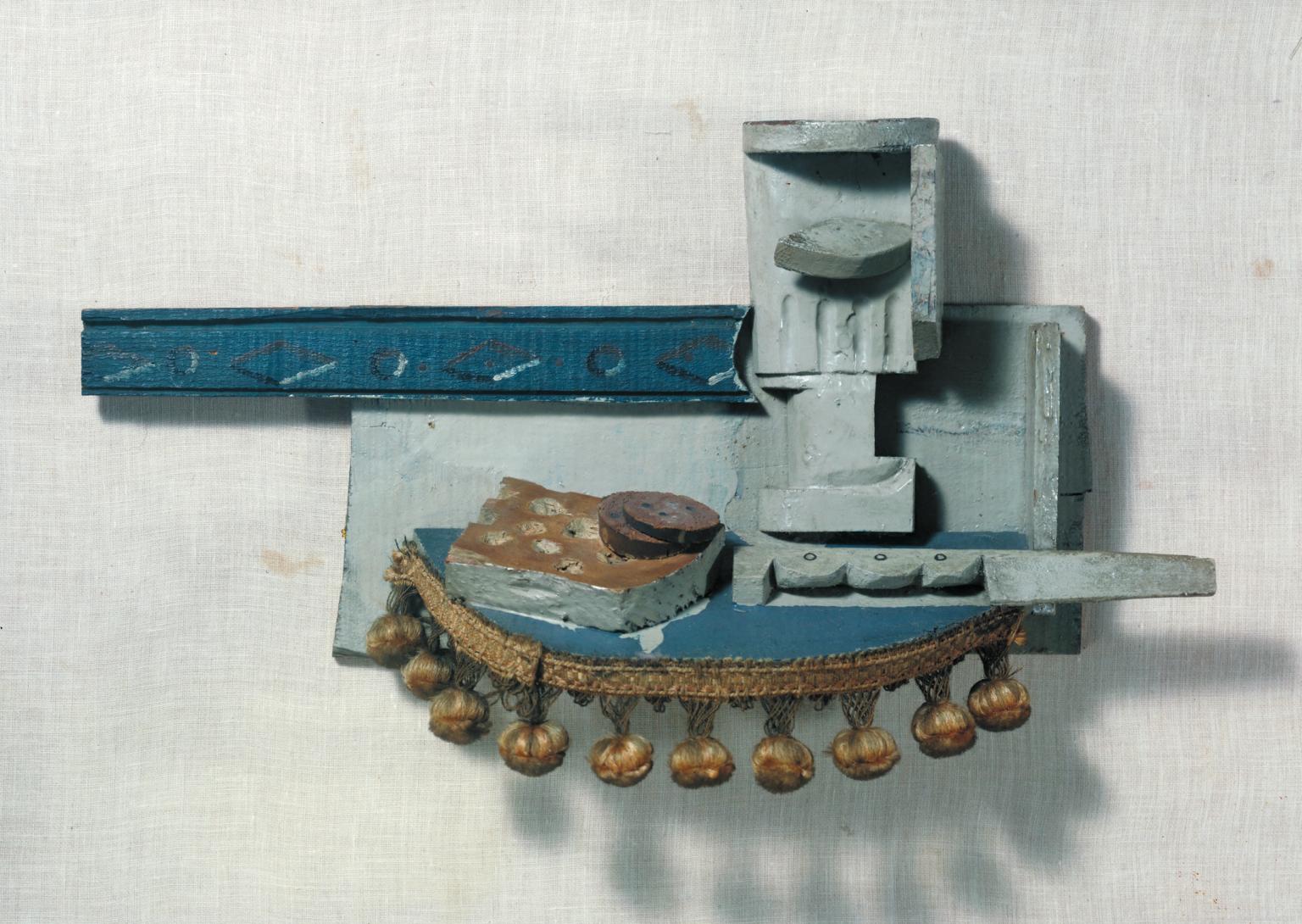
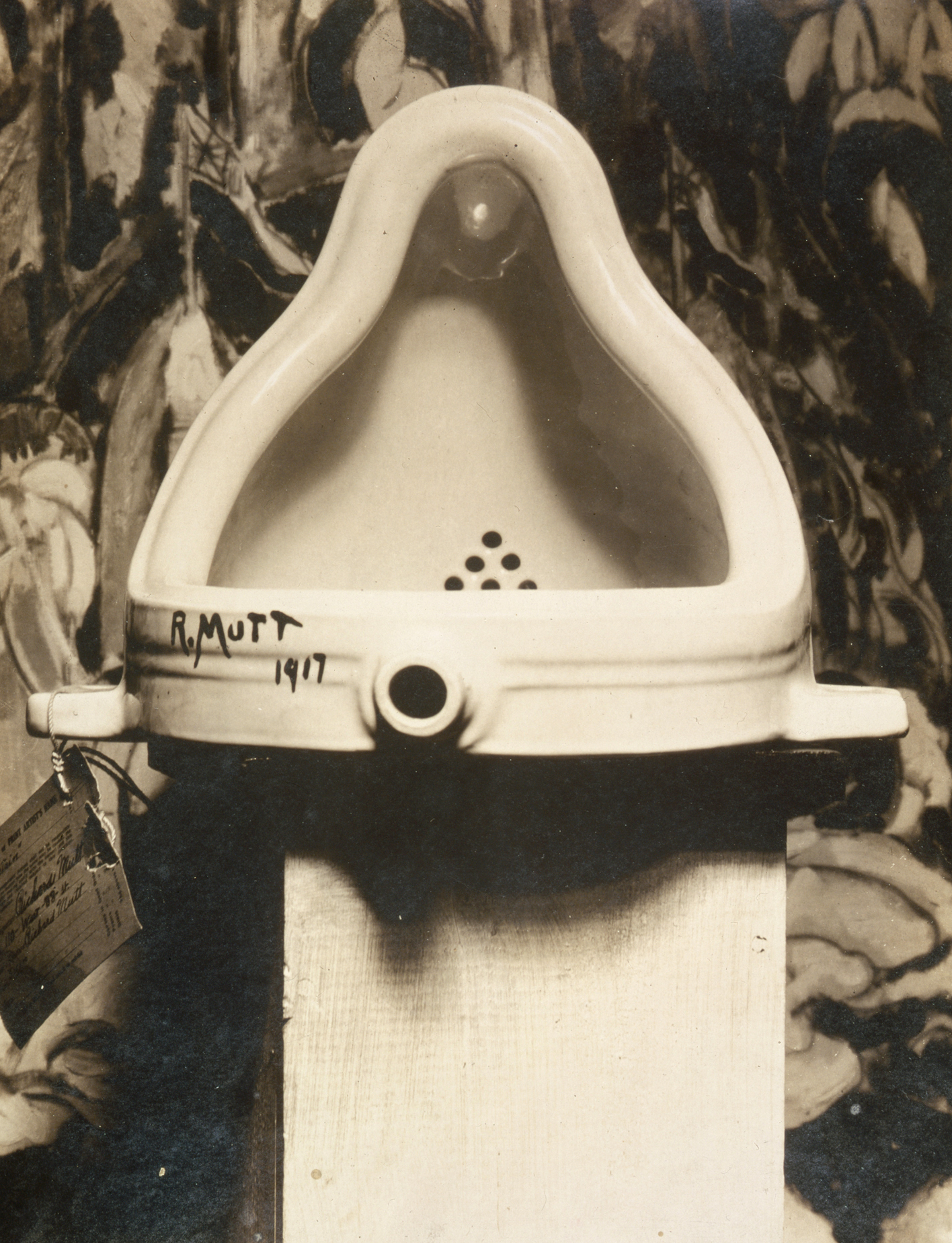
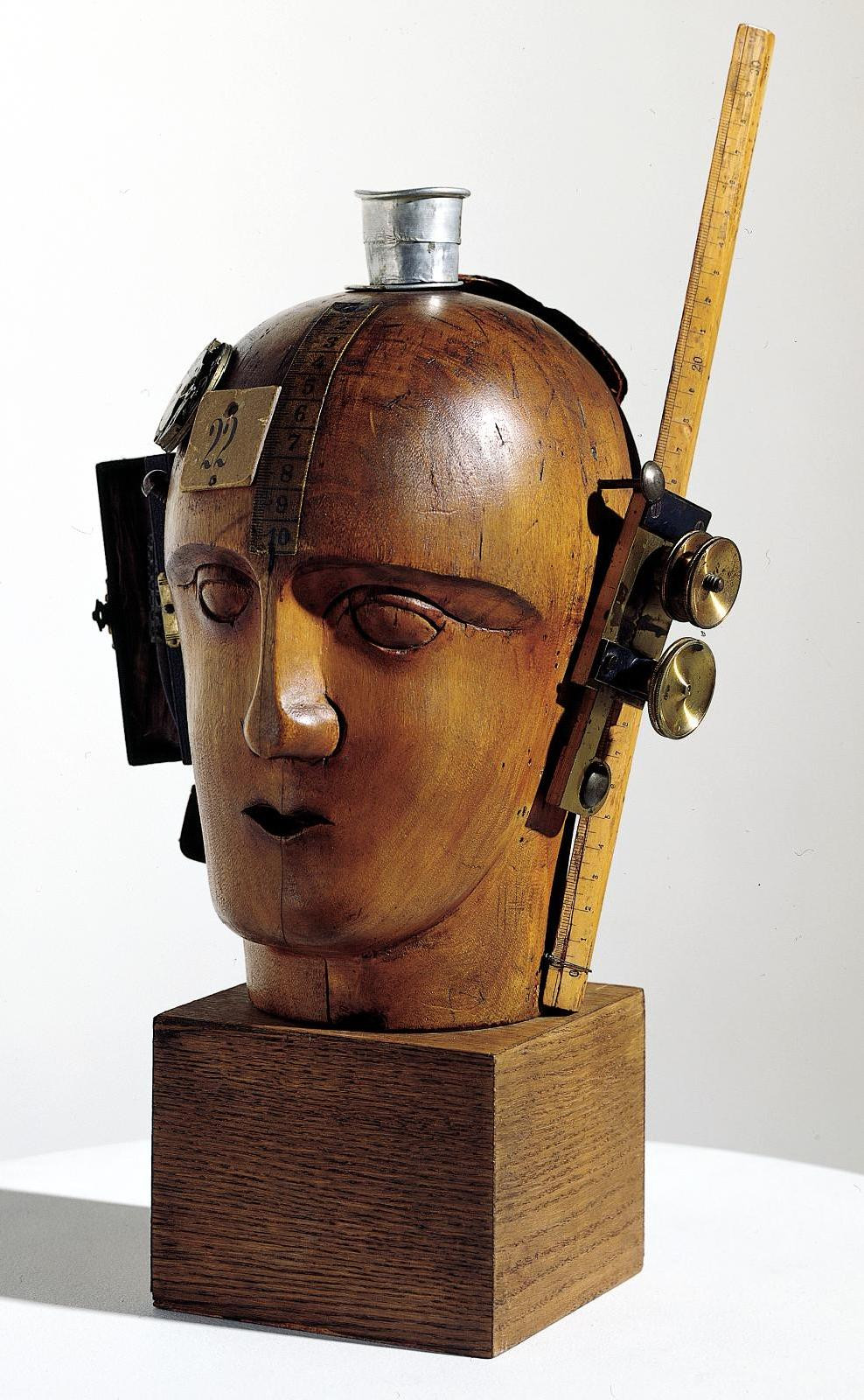
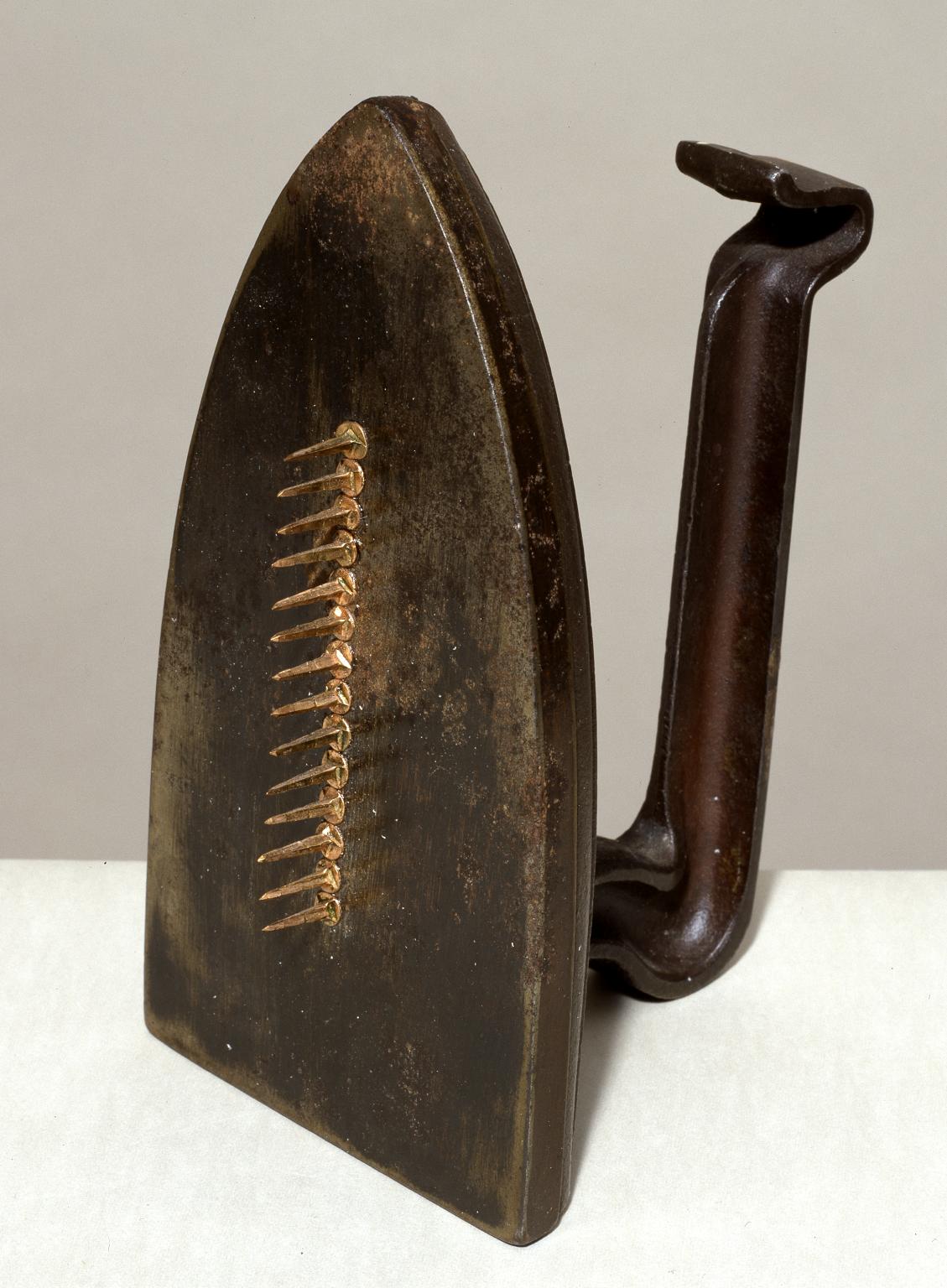
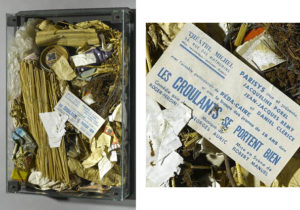
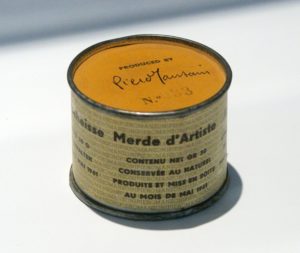
From Collage to Assemblage
The use of so-called non-artistic materials in the creation of a work of art introduced by Georges Braque and Pablo Picasso, when formulating collage as a new artistic technique, is of essential importance for the emergence of assemblage. The initial principle of the collage was its two-dimensionality, while with the assemblage it becomes three-dimensional. One of the earliest examples of assemblages is Picasso’s Still Life from 1914. On that occasion, Picasso used scraps of wood and part of the fringe tablecloth, which he glued and repainted.
Dadaist and Surrealist assemblages
Marcel Duchamp in 1914 began creating readymades. This marked one of the most significant turning points in the history of modern art. By proclaiming various found objects as a work of art, Dishan raised the issue of valorization of the creative process, authenticity and boundaries of authorship. On these ideas, the technique of assemblage was developed in the Dadaist and Surrealist movements. The Dadaists used various objects, mostly scraps, to make the assemblage. Prominent Dadaist Kurt Schwitters formulated his own assembly technique, which he called ‘merz’. The Surrealists approached the technique of assemblage through the prism of astonishment. Often inspired by the psychoanalytic approach to the subconscious, these artists treated found objects by playing with subconscious and conscious associations as well as the reflex reactions of observers.
Assemblage and Nouveau Realisme, Pop Art and Arte Povera
From the early fifties and the works of Jean Dubuffet, the assemblage became a very widespread artistic technique. By using various non-artistic materials from those produced to those that can be found in nature, the artists expressed rebellion against consumerist culture. American Pop Art, European in a slightly milder form, created aesthetic formulas that combined the subversive layer with pleasing and glamorous visual codes. Artists belonging to the Nouveau Realisme movement as well as members of the Arte Povera group chose various discarded objects, soil, everyday waste to articulate their rebellion against contemporary commercial tendencies of galleries in a visually more aggressive and shocking way. Of great importance for the post-war development of the assemblage was the exhibition “The Art of Assemblage” which was held at the New York Museum of Modern Art in 1961. The curator of this exhibition was William C Seitz, who offered the American public an overview of the development of this artistic phenomenon from the early stages of Cubists, Dadaists, and Surrealists to contemporary tendencies embodied in the work of Robert Rauschenberg, George Herms, or Edward Kienholz.
Assemblage and Installation
Installation art as a very common creative form in contemporary art was developed on the concept of assemblage. The creator in whose work we most clearly see the transition from one concept to another is Kurt Schwitters. The assemblage, as well as the installation, are based on almost identical principles of fitting or collaging various non-artistic materials and found objects into a uniform whole. Through Schwitters’ phenomenon Merzbau or Merz Building, we can follow the transformation of the assemblage as an art object created by non-artistic means into an installation as artwork that exists in correlation with a specific ambience. The assemblage retains individual space while the installation emerges as an extended form by building an environment of different mixed-media constructions with the aim of the overall transformation of a particular space.
Notable Artists
- Marcel Duchamp (1887 – 1968)
- Kurt Schwitters (1887 – 1948)
- Raoul Hausmann (1886 – 1971)
- Man Ray (1890 – 1976)
- Louise Nevelson (1899 – 1988)
- Jean Dubuffet (1901 – 1985 )
- Edward Kienholz (1927 – 1994)
- Irma Hünerfauth (1907 – 1998)
- Joseph Cornell (1903 – 1972)
- Wallace Berman (1926 – 1976)
- Louis Hirshman (1905 – 1986)
- Robert Rauschenberg (1925 – 2008)
- Wolf Vostell (1932 – 1998)
- Horace Clifford Westermann (1922 – 1981)
- Varujan Boghosian (1926 – 2020)
- Betye Irene Saar (1926 -)
Related Art terms
- Collage
- Cubism
- Surrealism
- Dadaism
- Nouveau Realisme
- Pop Art
- Arte Povera
- Installation
